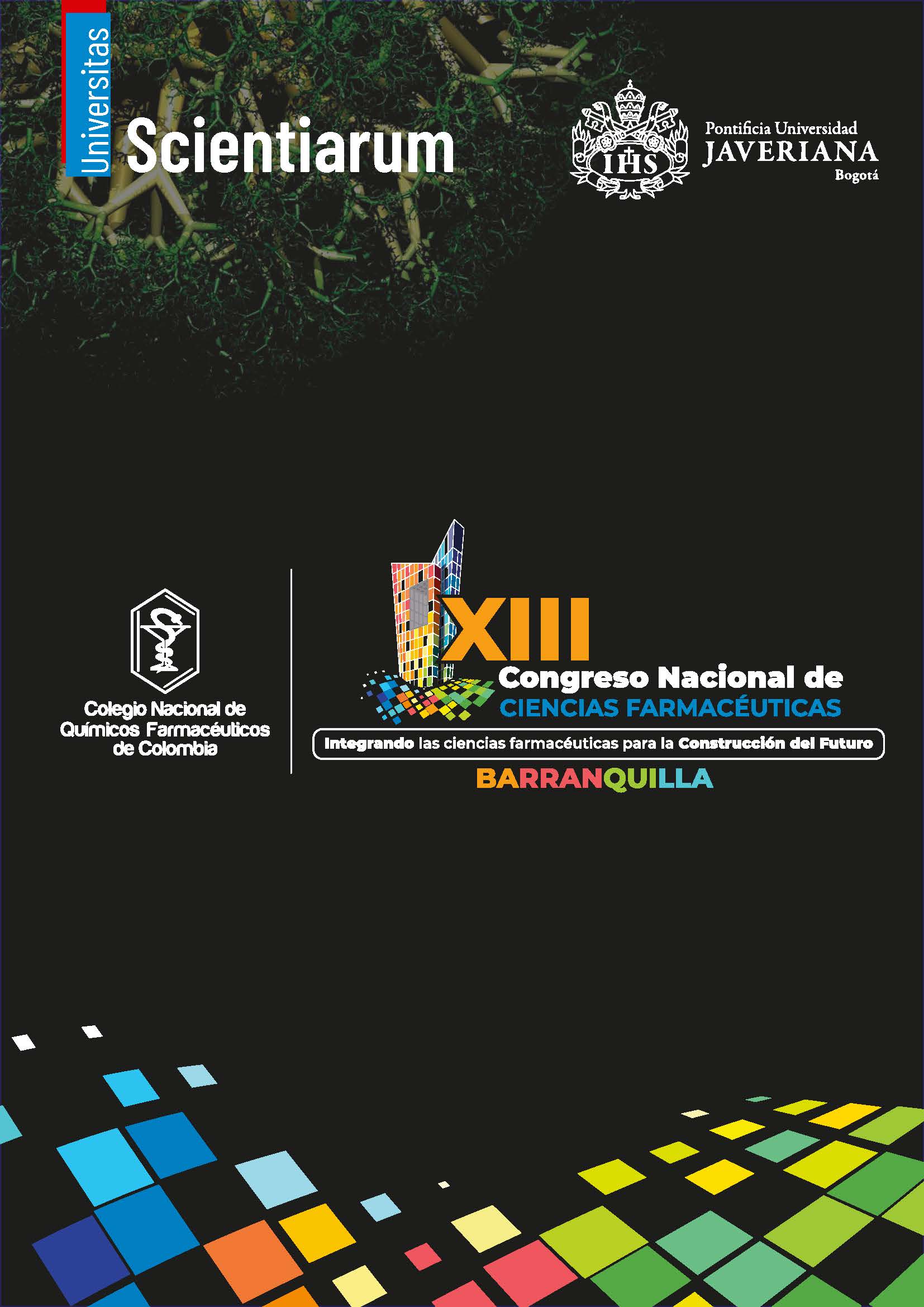Abstract
Vector-borne diseases cause 700,000 deaths annually. Aedes aegypti (Stegomyia) is a transmitter of infections such as dengue, which results in 96 million symptomatic cases and 40 000 deaths per year. According to the INS, in March 2025 a total of 47 559 dengue cases were reported. This issue carries both health and economic implications due to this vector; therefore, plant extracts offer potential as pesticides and repellents. Accordingly, this study aimed to evaluate the structure–activity relationship of compounds present in Alstonia scholaris (Ditta) leaves with larvicidal activity. Ditta leaves were processed following the guidelines of Quality Control Methods for Medicinal Plant Materials. Chemical groups were identified through qualitative and quantitative tests using UHPLC-ESI+-OrbitrapHRMS. Subsequently, computational predictions and bioassays were performed on Ae. aegypti larvae and Artemia salina nauplii exposed to different concentrations and controls, where mortality and LC50 were evaluated. A molecular docking analysis was carried out between the identified phenolic compounds and biological targets related to the vector’s life cycle; binding energies and interactions were recorded in each simulation. The leaves of A. scholaris met the established criteria for the species. The extract revealed the presence of alkaloids, tannins, saponins, flavonoids, phenols, leucoanthocyanidins, sterols, and terpenes, consistent with the literature reports. The polyphenolic compounds identified were ursolic acid (71.3 mg/kg) and rosmarinic acid (5.7 mg/kg), both possessing pharmacokinetic properties that would allow them to exert biological effects. They are non-toxic to humans, although rosmarinic acid is more toxic in other species. Molecular docking showed binding energies from –5.50 kcal/mol to –6.08 kcal/mol for rosmarinic acid and from –8.01 kcal/mol to –11.64 kcal/mol for ursolic acid, indicating favorable ligand–target interactions. In vivo assays yielded LD50 values of 733.612 mg/L for Aedes aegypti and 403.82 µg/L for Artemia salina, consistent with predictive models. Alstonia scholaris demonstrated activity against Ae. aegypti (Stegomyia); however, its toxic potential should continue to be explored through the combination of in silico and in vivo approaches. Furthermore, this study highlights the importance of pharmacognostic research to ensure quality, identity, and purity of plant species.

This work is licensed under a Creative Commons Attribution-NonCommercial 4.0 International License.


